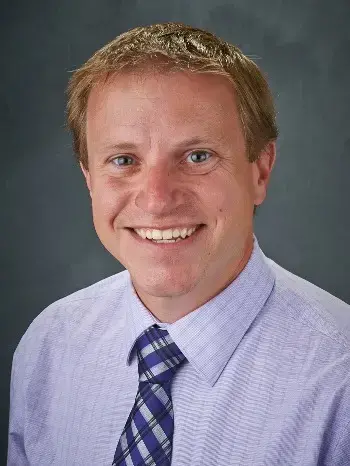The first Virtual University was piloted in the fall 2017 semester by six major universities across the U.S.

Undergraduate students have access to a wide-range of in-person and online courses, but graduate students have few to no online options. This is especially the case for graduate students in hydrology. To fill this void, the Consortium of Universities for the Advancement of Hydrologic Science, Inc. (CUAHSI) stepped in and launched the CUAHSI Virtual University in fall 2017.
The CUAHSI Virtual University is a national online course, consisting of a diverse set of four-week modules on highly specialized hydrology topics on recent research advances, including coastal hydrogeology, ecohydrology of groundwater dependent ecosystems, and use of drones and remote sensing applications. CUAHSI partnered with six universities for the Virtual University: Michigan State University, University at Buffalo, University of California-Santa Barbara, University of Delaware, University of Nevada-Reno, and University of Wisconsin-Madison.
The Virtual University is the brainchild of Steven Loheide, an associate professor of civil and environmental engineering at UW-Madison and a director on CUAHSI’s board.
“With the virtual university model, students from each university can learn the most up-to-date content from leading faculty around the country who are developing the science they teach in their modules,” Loheide says. “This puts a broad array of research breakthroughs of today into the hands of the hydrologists of tomorrow much sooner than is possible with non-collaborative models of graduate education where these new and emerging ideas have to work their way into the textbooks.”
Forty-five students from across the participating universities registered for the pilot course. Each student enrolled in modules of their choosing, and received course credit at their home university, which facilitated collaborations between instructors and students at different universities. “I thought it was really valuable and instructive to collaborate with and hear perspectives of other students from across the country who are working in very different systems from those we generally tend to work in at my home institution,” said Christine Albano, a student from the University of Nevada-Reno.
CUAHSI plans to continue the Virtual University in fall 2018, expanding to eight modules.
“CUAHSI is pleased to be able to support the water-science community through this unique educational service,” says Jerad Bales, executive director of CUAHSI.